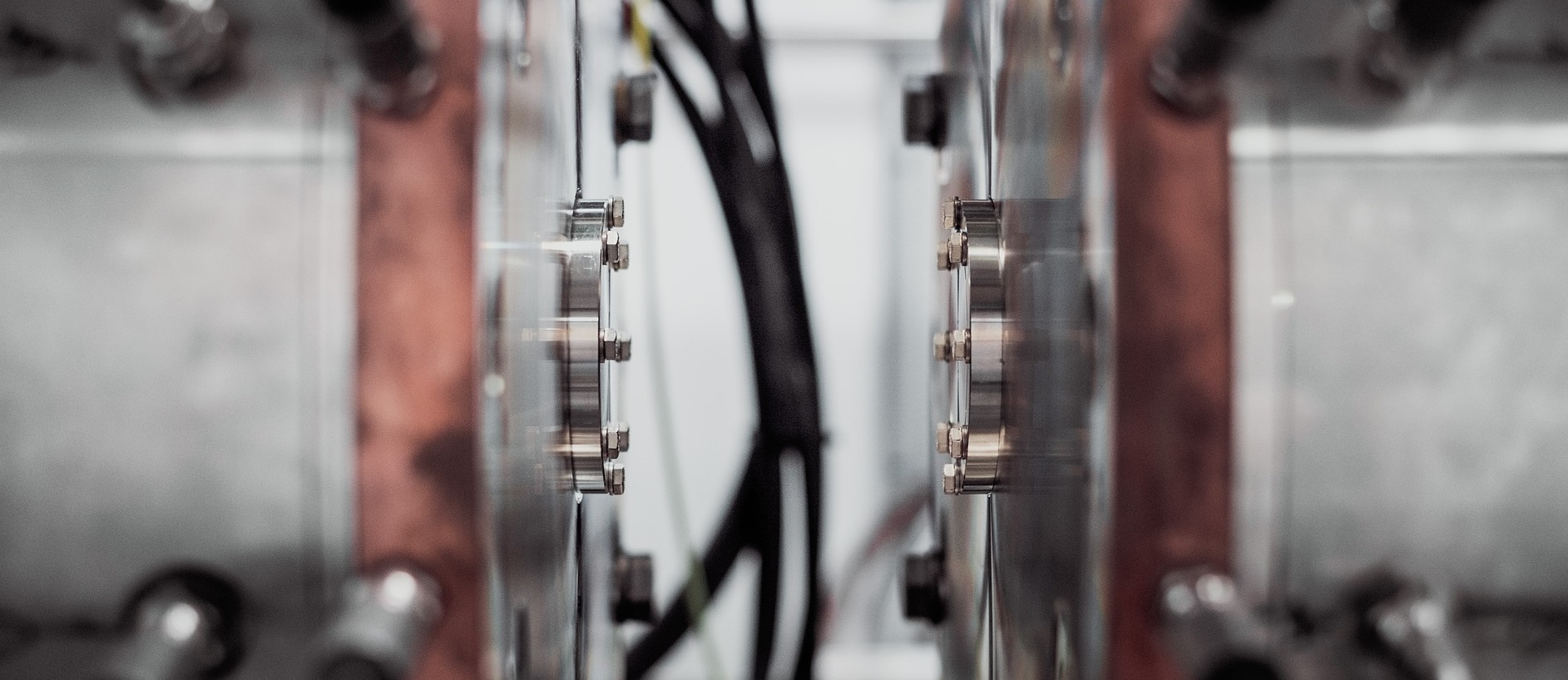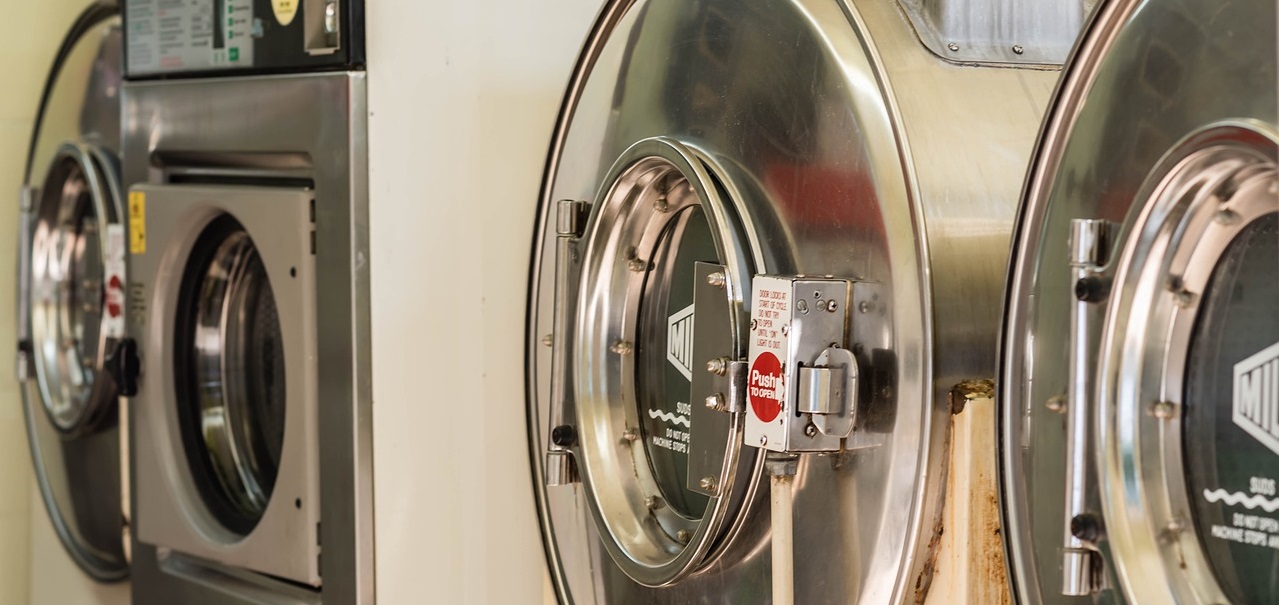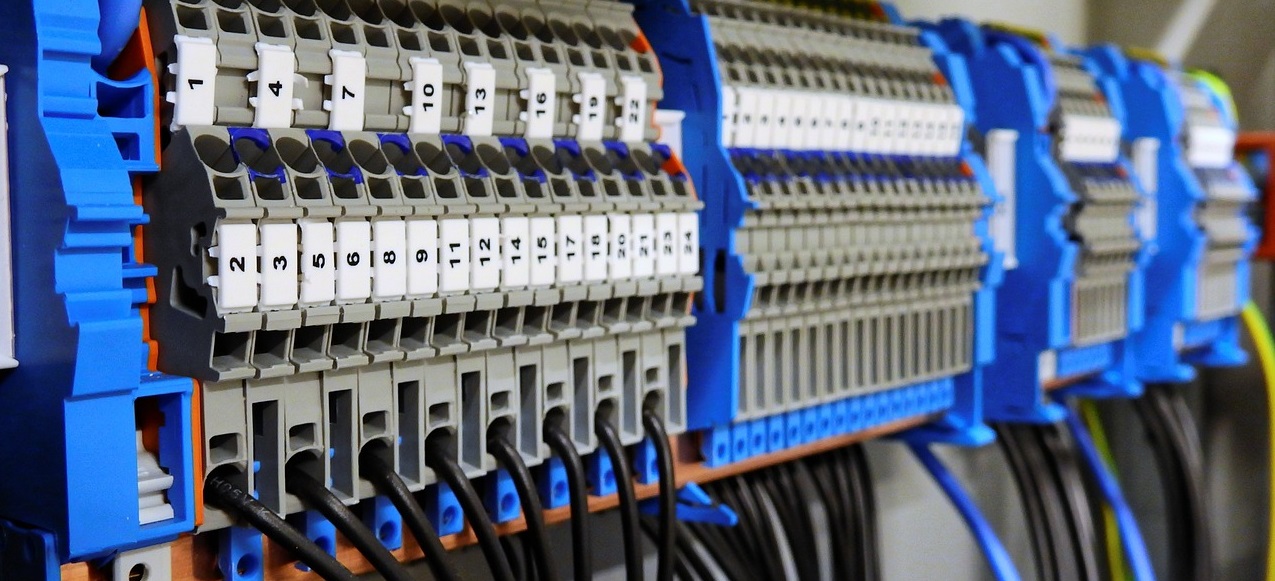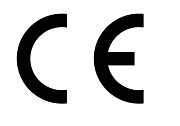Low Voltage Directive 2014/35/EU or LVD
Low Voltage Directive 2014/35/EU (LVD) establishes requirements for electrical equipment designed for use within certain voltage limits to ensure a high level of protection of the health and safety of persons, domestic animals and property. The requirements include safety objectives for the design and manufacture of electrical equipment, labelling requirements and applicable conformity assessment procedures. The LVD 2014/35/EU also sets out the obligations of manufacturers, importers and distributors.
Directive 2014/35/EU of the European Parliament on Low Voltage Equipment (hereinafter - LVD) aims to improve the safety of the use of electrical appliances for human life and health, animals, and property, and to harmonize safety standards in the European Union and reduce trade barriers. According to Directive 2014/35/EU, electrical appliances must be designed and manufactured in such a way that consumer safety is ensured when the appliances are properly installed, used, and maintained.
The Low Voltage Directive specifies safety requirements regarding protection against electric shock, high temperatures, radiation, and mechanical influences, as well as labelling requirements.
Only products that fully comply with the requirements of the Low Voltage Directive 2014/35/EU may be placed on the European market and marked with a conformity mark CE (Conformité européenne – European conformity).
The following products are covered by Directive 2014/35/EU:
Electrical equipment designed for use with a voltage rating of:
-
between 50 and 1 000 V for alternating current and
-
between 75 and 1 500 V for direct current.
Thus, the LVD covers almost all household and industrial devices with the power supply of 220 and 380 V.
Directive 2014/35/EU does not apply to (as per Annex II of the LVD):
-
Electrical equipment for use in an explosive atmosphere
-
Electrical equipment for radiology and medical purposes
-
Electrical parts for goods and passenger lifts
-
Electricity meters
-
Plugs and socket outlets for domestic use
-
Electric fence controllers
-
Radio-electrical interference
-
Specialised electrical equipment, for use on ships, aircraft, or railways, which complies with the safety provisions drawn up by international bodies in which the Member States participate
-
Custom built evaluation kits destined for professionals to be used solely at research and development facilities for such purposes
Product conformity assessment procedure according to the Low Voltage Directive:
As there is no conformity assessment procedure in this Directive which requires the intervention of a notified body the conformity assessment procedure is presented as follows:
-
Product classification. Determine whether the product falls within the scope of the Low Voltage Directive.
-
Technical documentation. Compile or verify the Technical Documentation containing descriptions, instruction manuals and the performed risk assessments (an analysis to determine the risks and essential health and safety requirements applicable to the relevant electrical equipment).T
-
Tests. Carry out sample testing and receive a test report.
-
EU Declaration of Conformity. Draw up the EU Declaration of Conformity to confirm compliance of the equipment with the LVD/ any other relevant CE harmonized legislation.
-
CE marking. Instructions on correctly affixing the CE marking to the equipment.
CE Marking according to Low Voltage Directive 2014/35/EU (ref. Article 17)
-
The CE marking shall consist of the initials ‘CE’ as shown in Annex II of the Regulation (EC) No 765/2008.
-
The CE marking shall be affixed to the electrical equipment or its nameplate visibly, legibly, and indelibly.
-
The affixing on the electrical equipment of markings, signs and inscriptions which are likely to mislead third parties as to the meaning or form of the CE marking, or both, shall be prohibited.
-
Any other marking may be affixed to the electrical equipment provided that the visibility, legibility and meaning of the CE marking is not thereby impaired.
Declaration of Conformity according to Low Voltage Directive 2014/35/EU (ref. Annex IV):
-
Name and identification of the electrical equipment, for example, model, type, identification number, etc.
-
Name and address of the manufacturer or his authorized representative
-
Description of the equipment
-
A list of applicable directives/harmonized standards
-
Place and date of issue of the declaration
-
Name, function, and signature of the person responsible to sign the declaration on the manufacturer’s behalf.
EU Authorized Representative
If a manufacturer is located outside the European Union, he must appoint an authorized representative in the European Union in order to issue an EU declaration of conformity or to apply a CE mark to the equipment.
In addition to providing a complete range of services with regards to certification and declaration of conformity of products according to the requirements of Directive 2014/35/EU CCIS-EXPERTISE also delivers a service of an authorized representative in the European Union.
Statutory reference
The first EU Low Voltage Directive was adopted in 1973 under the number 73/23/EEC. Later, in 1993, it was superseded by directive 93/68/EEC. In 2006, the new Low Voltage Directive 2006/95/EEC was adopted.
The last version of the Low Voltage Directive under the number 2014/35/EU was adopted by the European Parliament on 26 February 2014 to harmonize EU technical standards for electrical appliances. Directive 2014/35/EU replaced the obsolete Directive 2006/95/EC, which is fully repealed as of 19 April 2016.
Full text of the Low Voltage Directive 2014/35/EU
The Low Voltage Directive is an important tool for regulating the safety of electrical appliances along with the Electromagnetic Compatibility Directive 2014/30/EU (EMC).
CCIS-EXPERTISE specialists will help you to:
-
identify directives and standards that apply to your products
-
prepare and evaluate the technical file
-
translate all relevant documentation and drawings
-
determine the cost of certification work
-
carry out all procedures of the European conformity assessment process
-
conduct tests of any complexity in accredited European and national laboratories
-
prepare the declaration of conformity
-
provide an authorized representative in the EU













